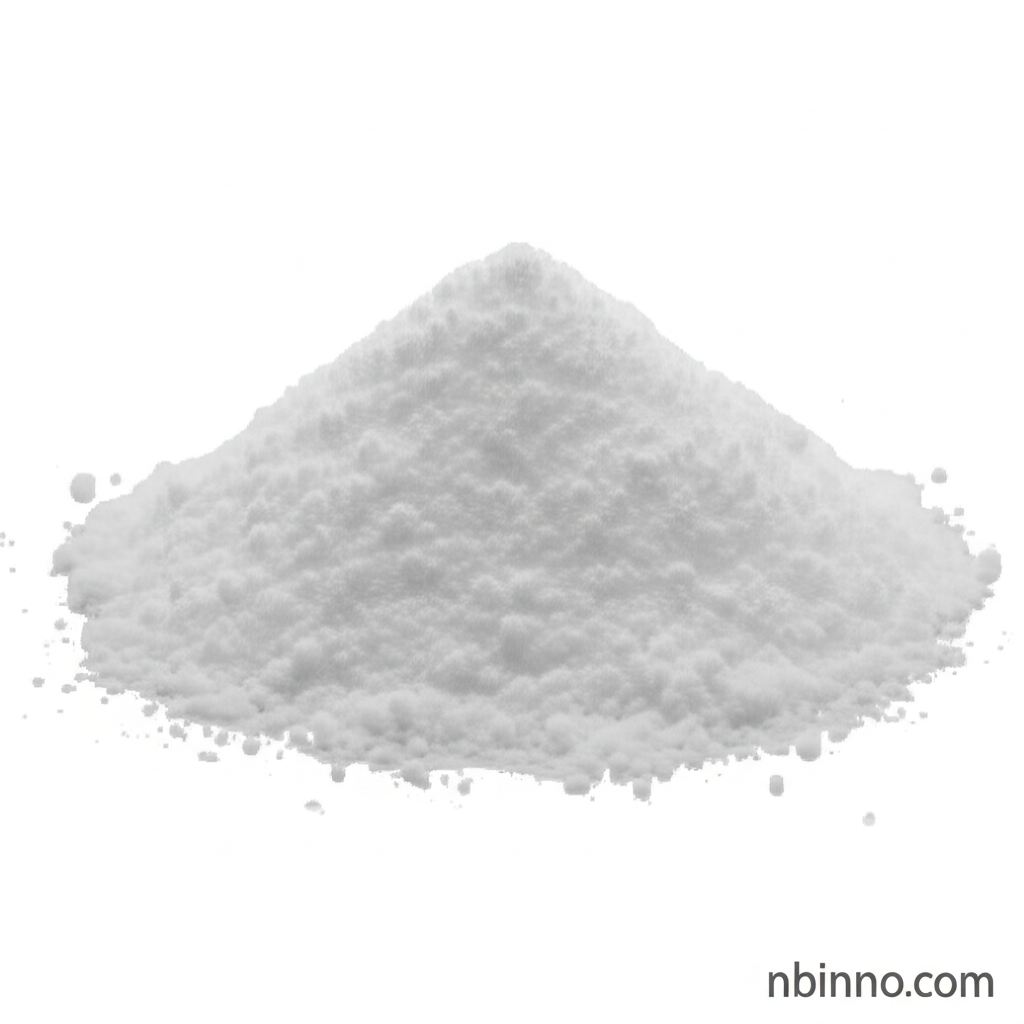2-Pyrazinecarboxylic Acid: A Key Heterocyclic Compound
Discover the properties, applications, and chemical significance of 2-Pyrazinecarboxylic Acid (CAS: 98-97-5).
Get a Quote & SampleProduct Core Value

2-Pyrazinecarboxylic Acid
2-Pyrazinecarboxylic Acid, identified by CAS number 98-97-5, is a crucial heterocyclic organic compound with the molecular formula C5H4N2O2. It is recognized for its distinct chemical structure and its significant biological roles, particularly as a potent urate-retaining drug and a key metabolite of the antibacterial agent Pyrazinamide. This compound serves as a vital building block in various organic synthesis pathways and holds promise in medicinal chemistry research.
- Explore the '2-Pyrazinecarboxylic Acid uses' to understand its diverse applications in various industries.
- Delve into its role as a 'Pyrazinecarboxylic Acid antibacterial metabolite', highlighting its importance in pharmacological research.
- Learn about its efficacy as a '2-Pyrazinecarboxylic Acid urate retaining drug', offering potential therapeutic benefits.
- Understand the 'CAS 98-97-5 chemical properties', including its melting point and solubility, for precise handling and application.
Key Advantages
Versatile Building Block
Leverage the compound's versatility as a 'building block in organic chemistry', enabling the synthesis of complex molecules and novel compounds.
Pharmacological Significance
Its established role as a 'Pyrazinoic acid synthesis' intermediate makes it valuable for developing new pharmaceutical agents.
Chemical Purity
With high purity standards often exceeding 99%, this compound ensures reliable and consistent results in demanding applications.
Key Applications
Pharmaceutical Intermediates
As a crucial component in the synthesis of various active pharmaceutical ingredients (APIs), its '2-Pyrazinecarboxylic Acid uses' are extensive in drug development.
Medicinal Chemistry
Its derivatives may exhibit biological activity, making it a compound of interest for 'medicinal chemistry building blocks' research and drug discovery.
Organic Synthesis
The compound's reactive carboxylic acid group and pyrazine ring structure make it an ideal starting material for a wide range of organic synthesis reactions.
Biomedical Research
Its role as a 'Pyrazinecarboxylic Acid urate retaining drug' and 'antibacterial metabolite' makes it a key subject in biomedical and pharmacological studies.
